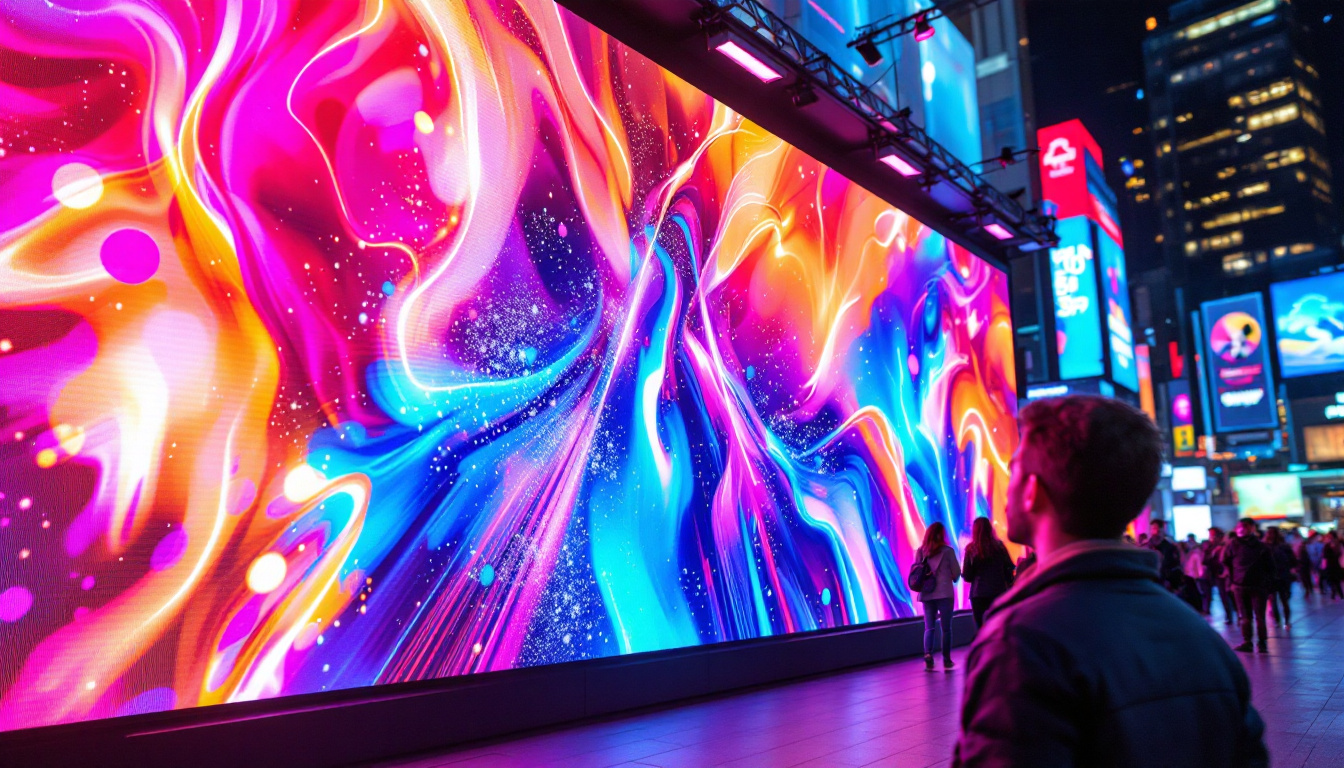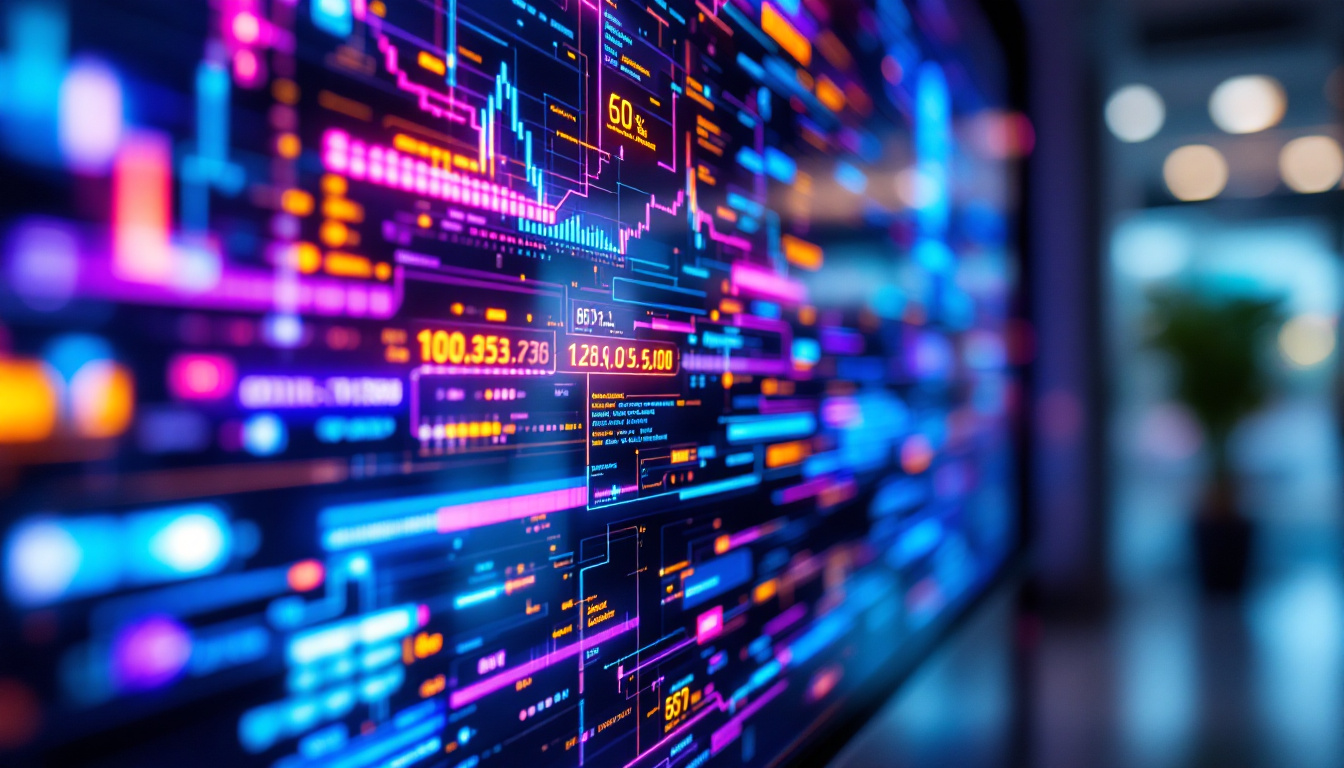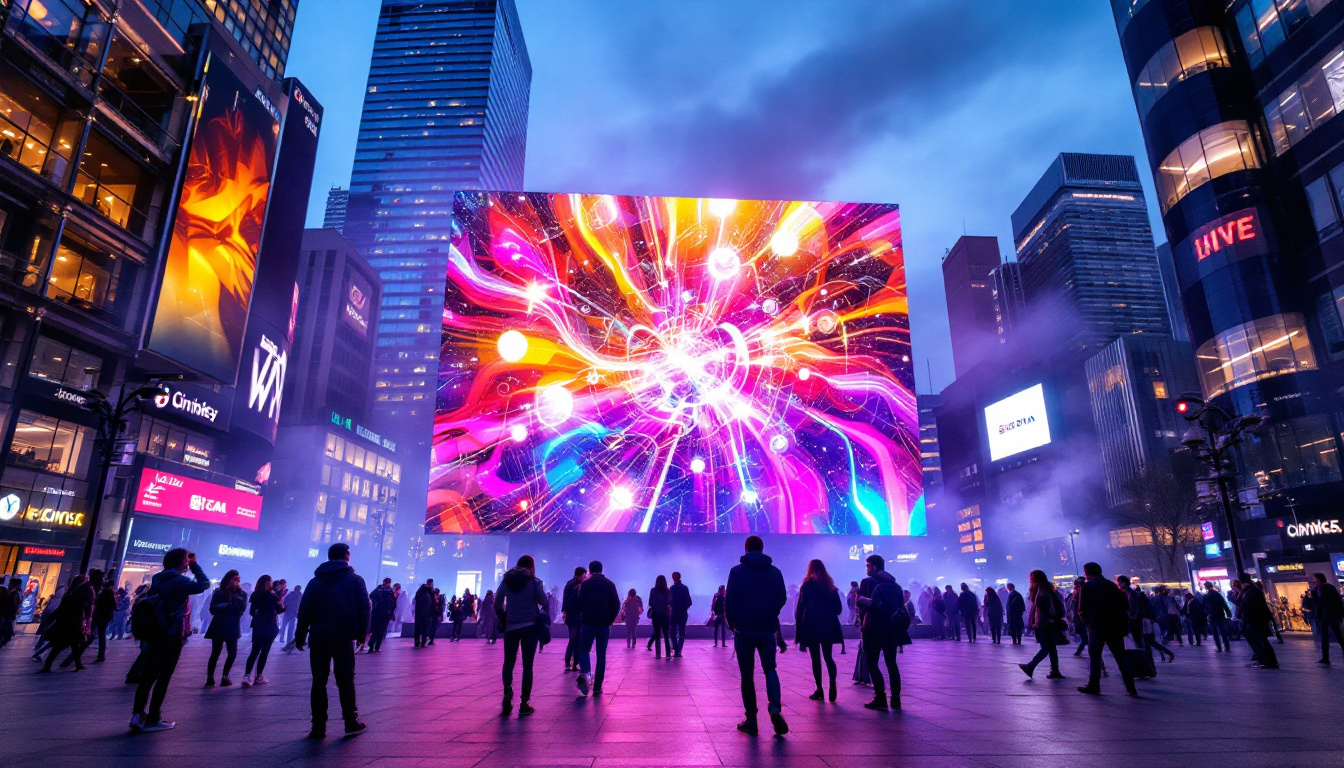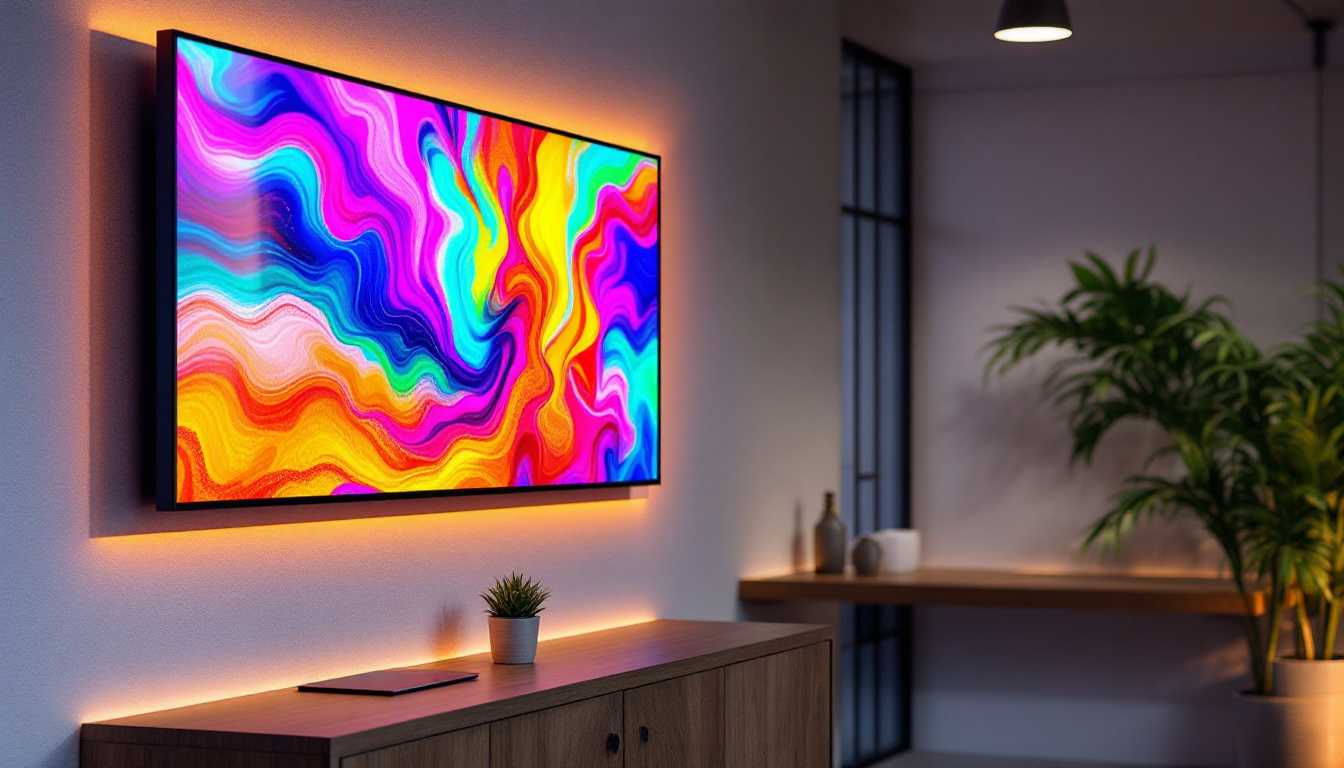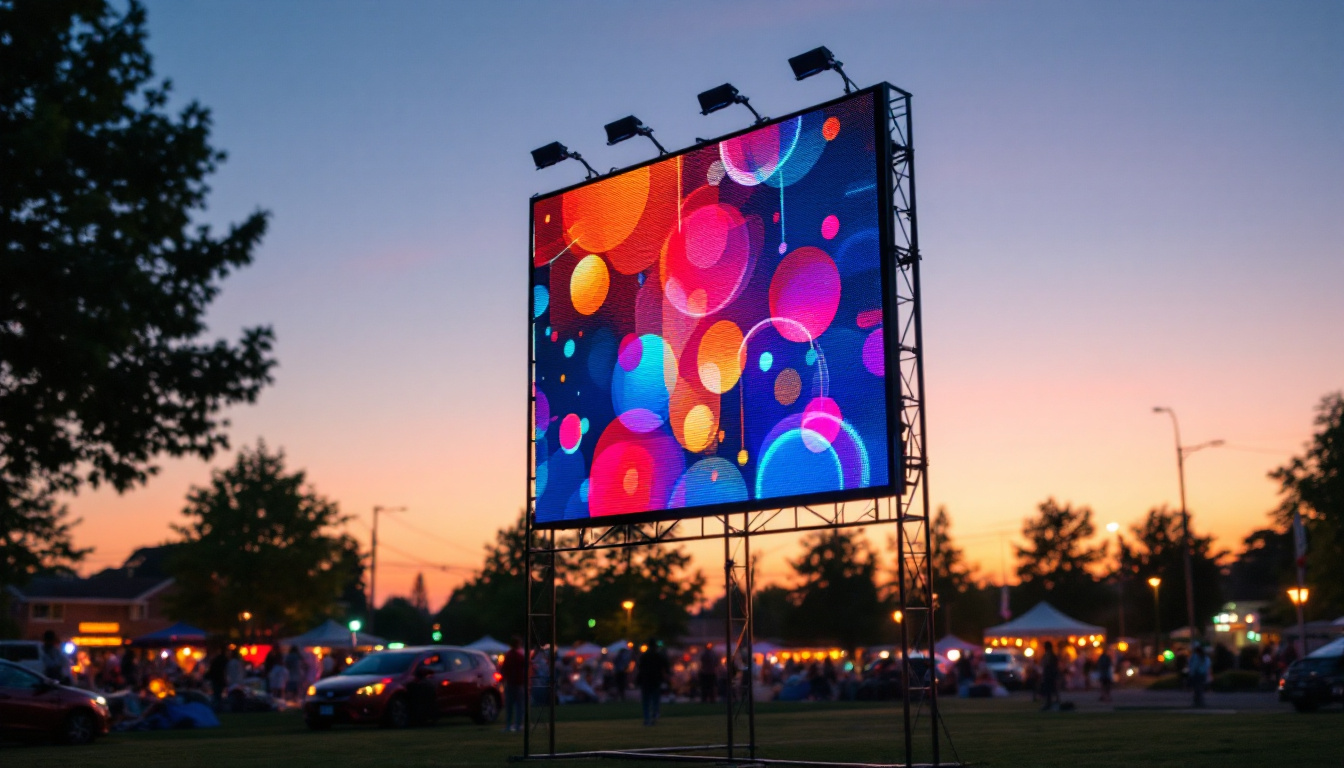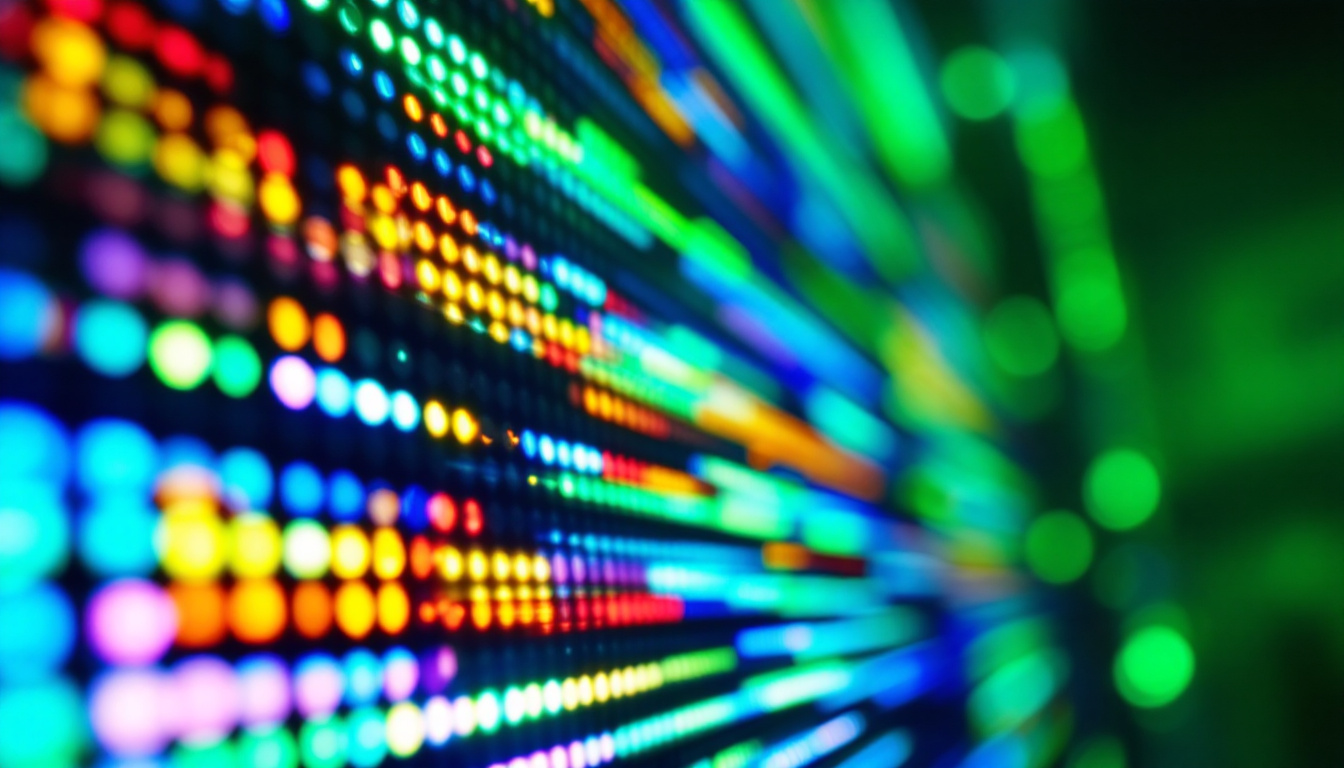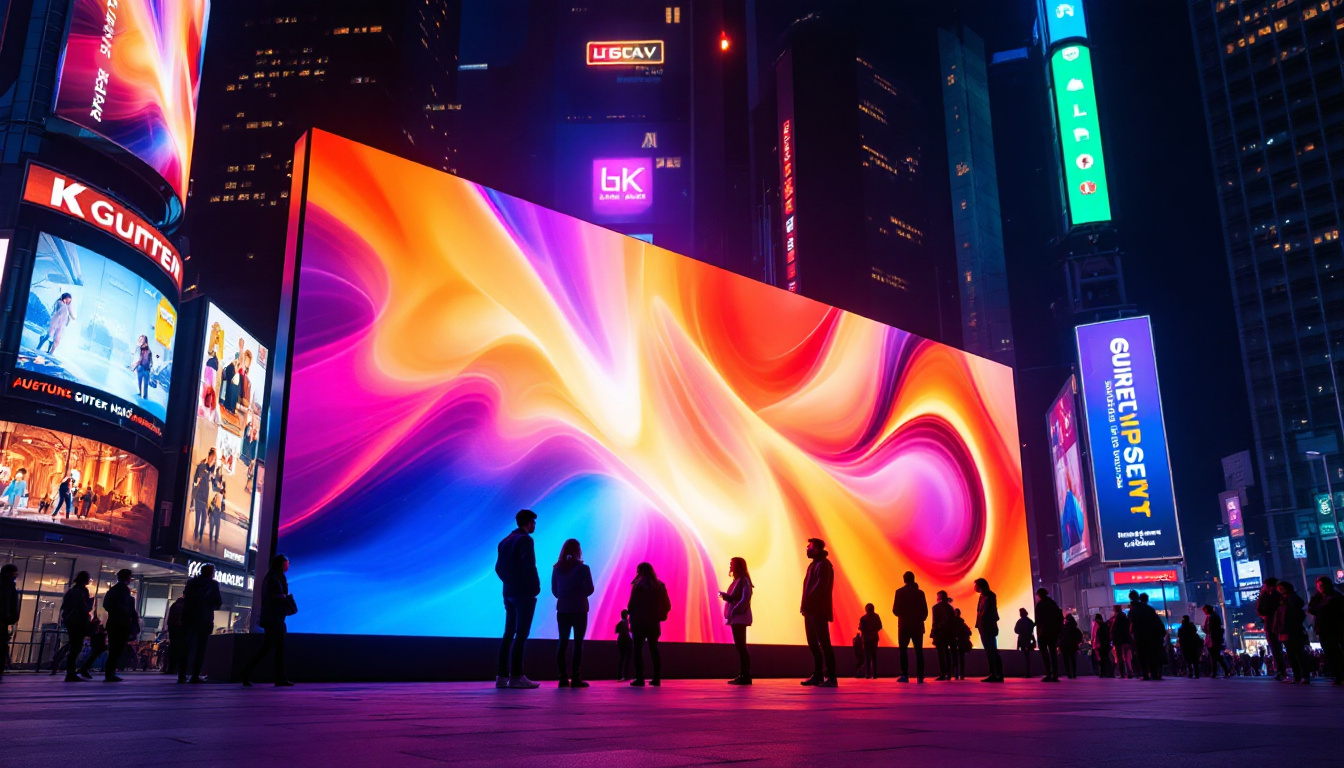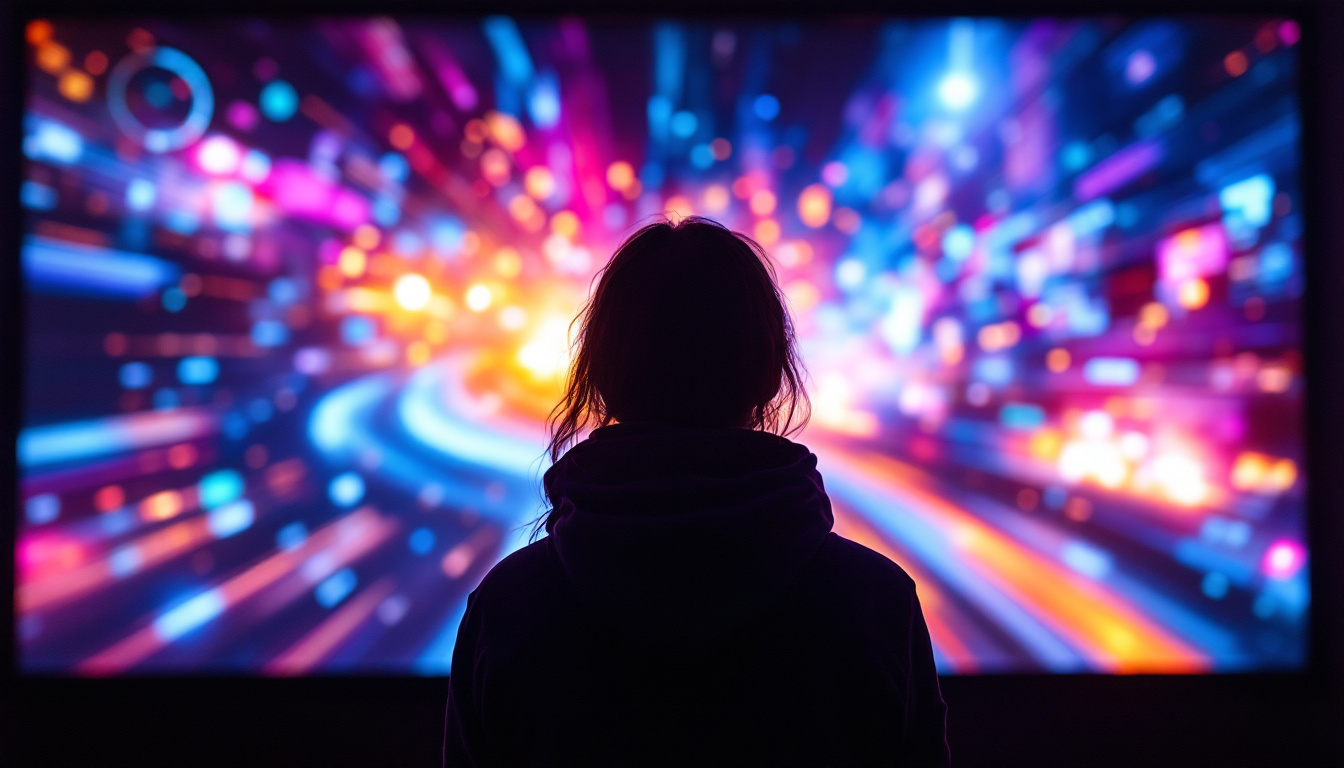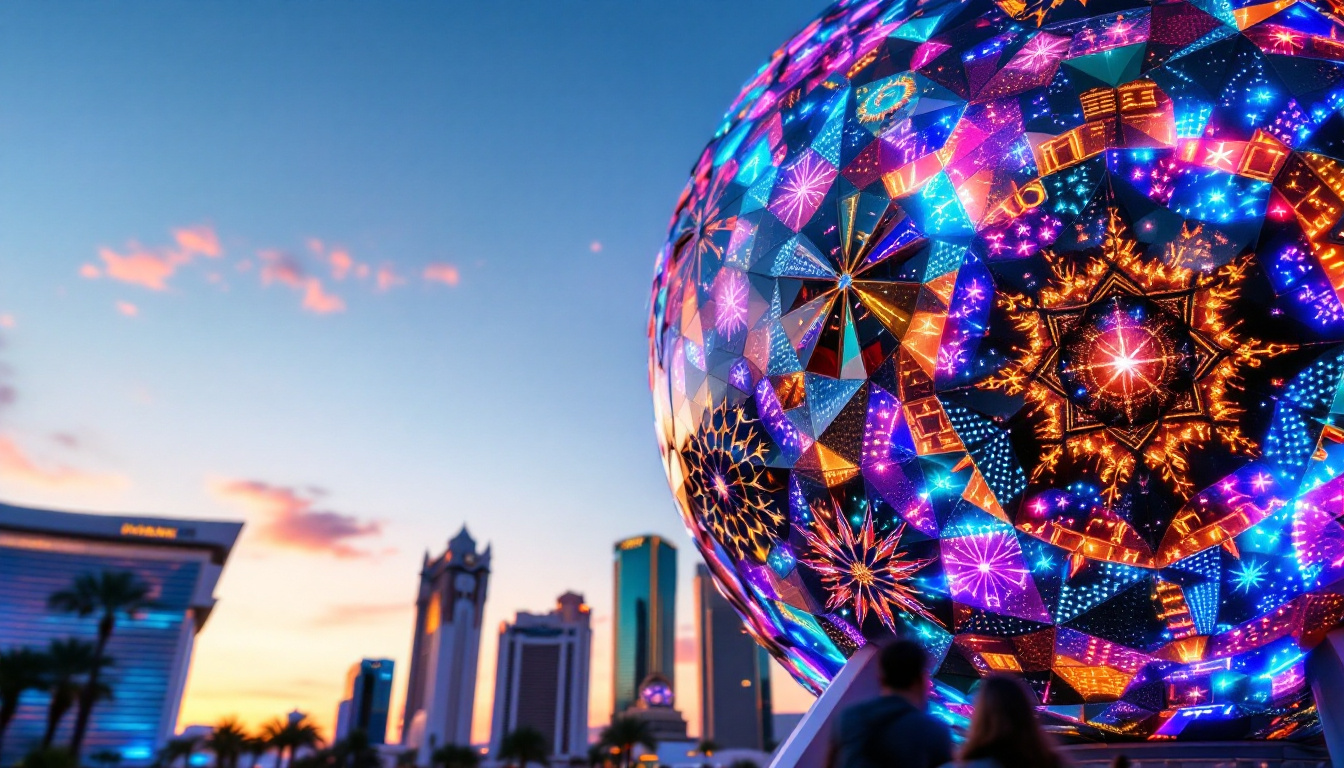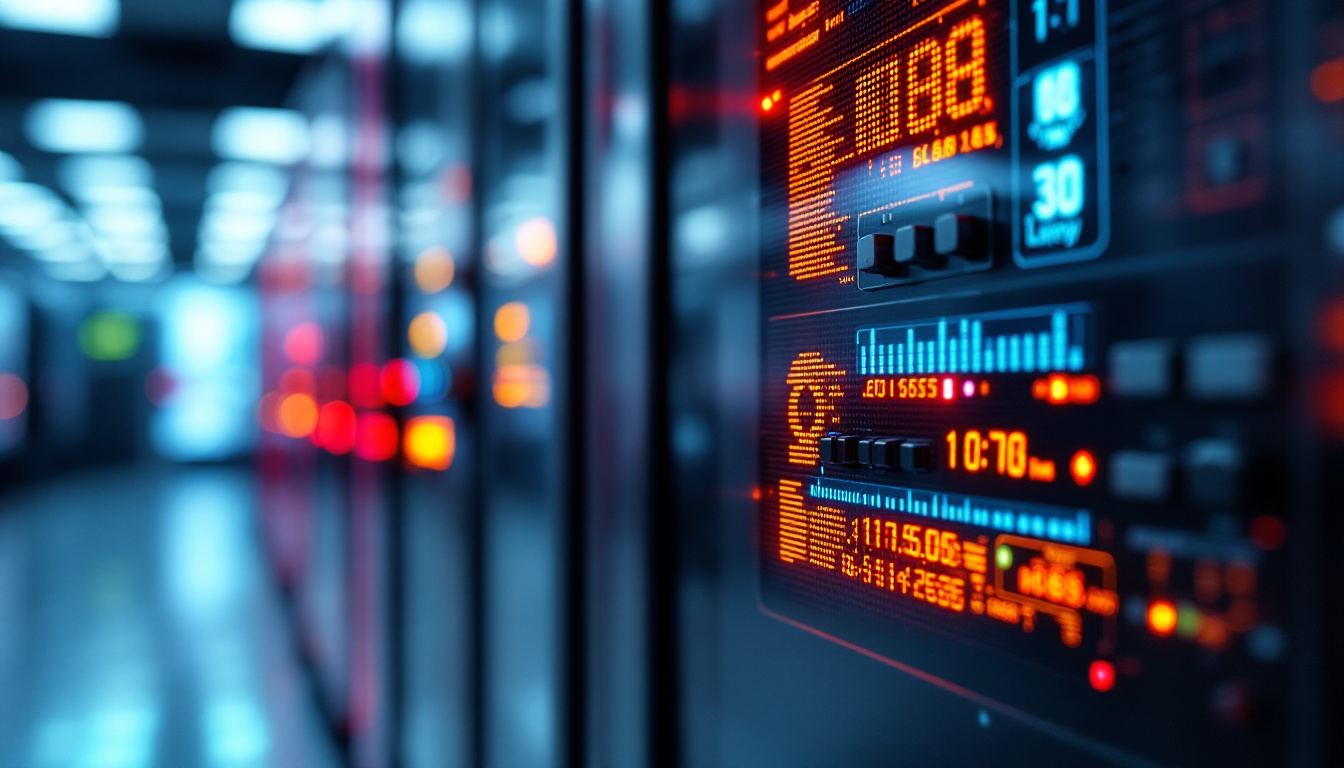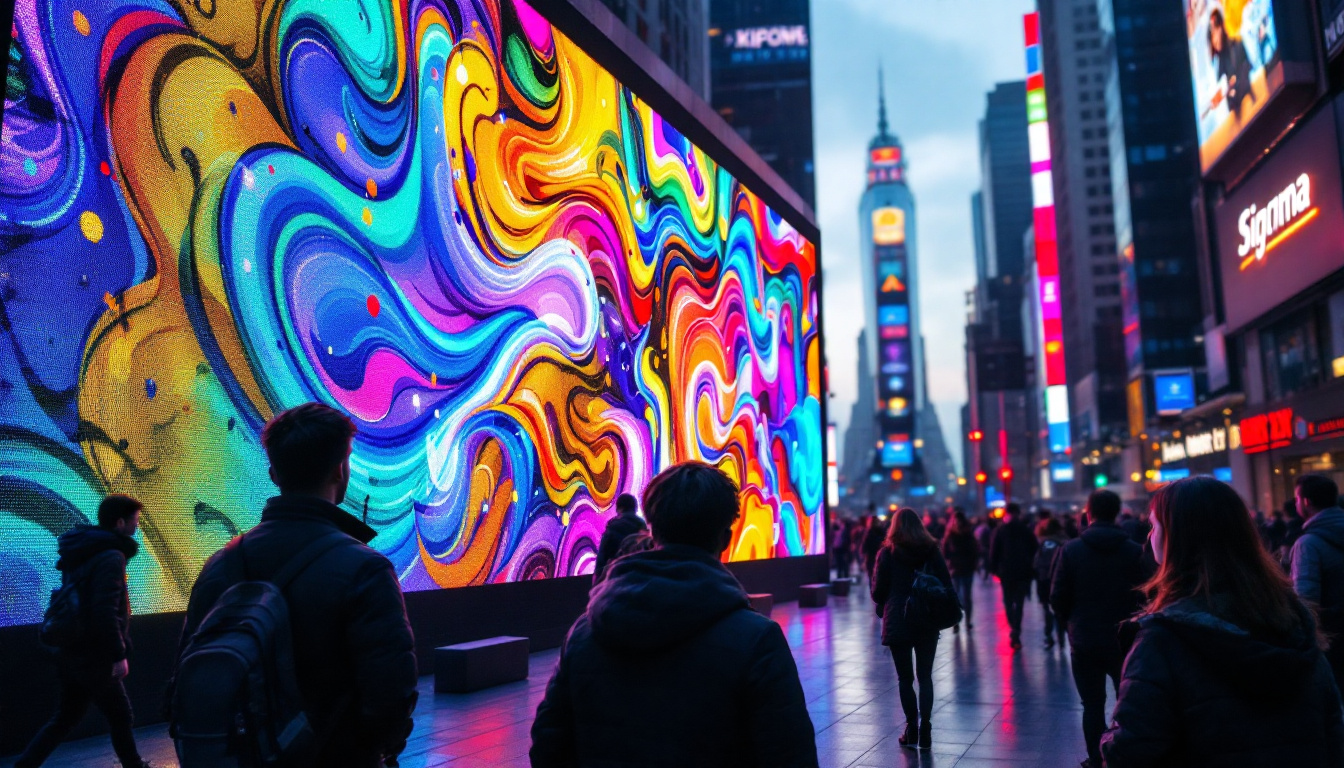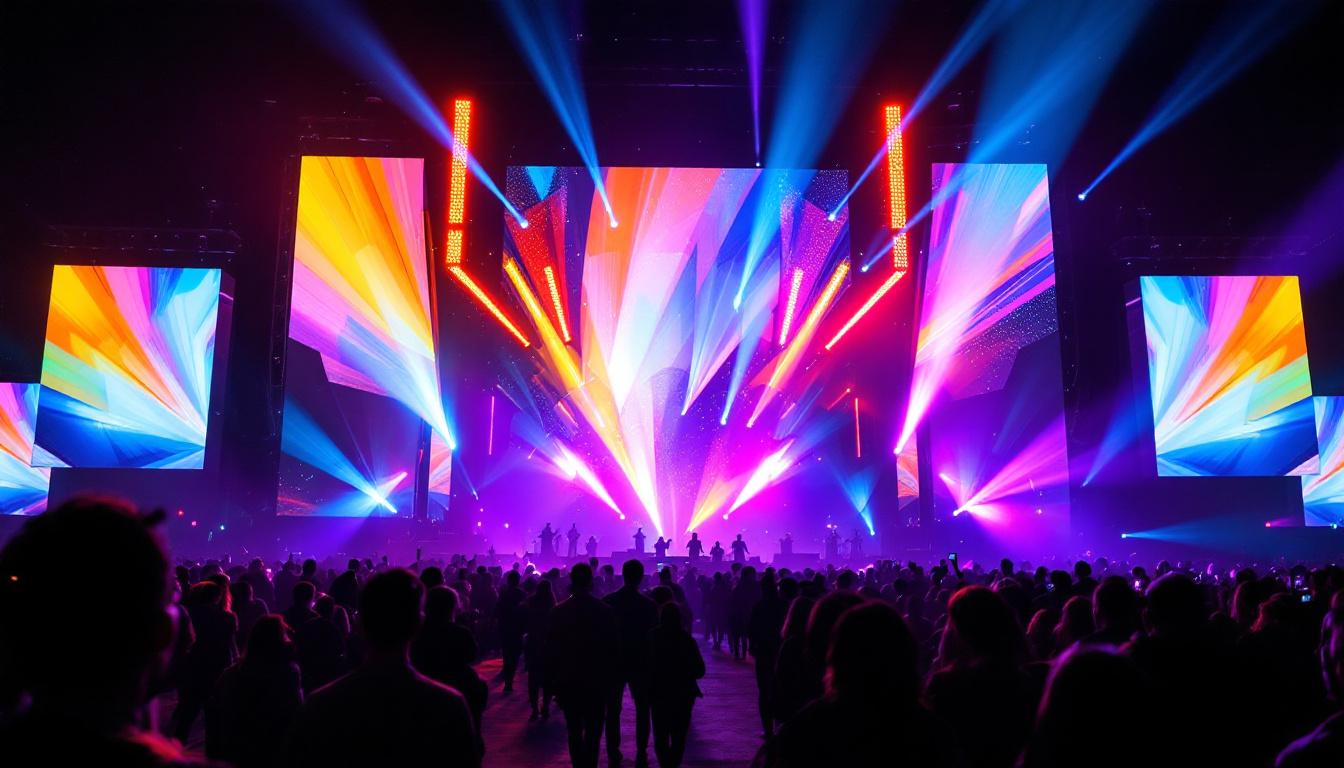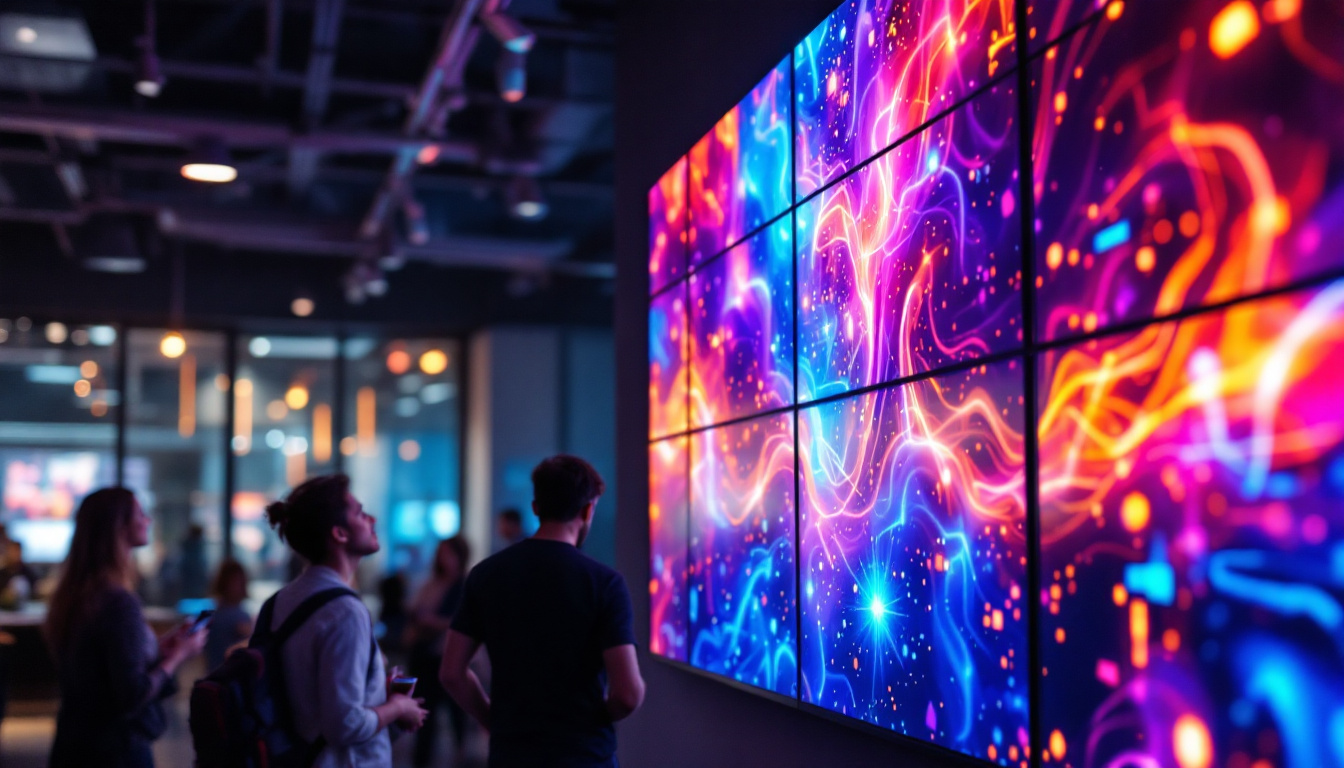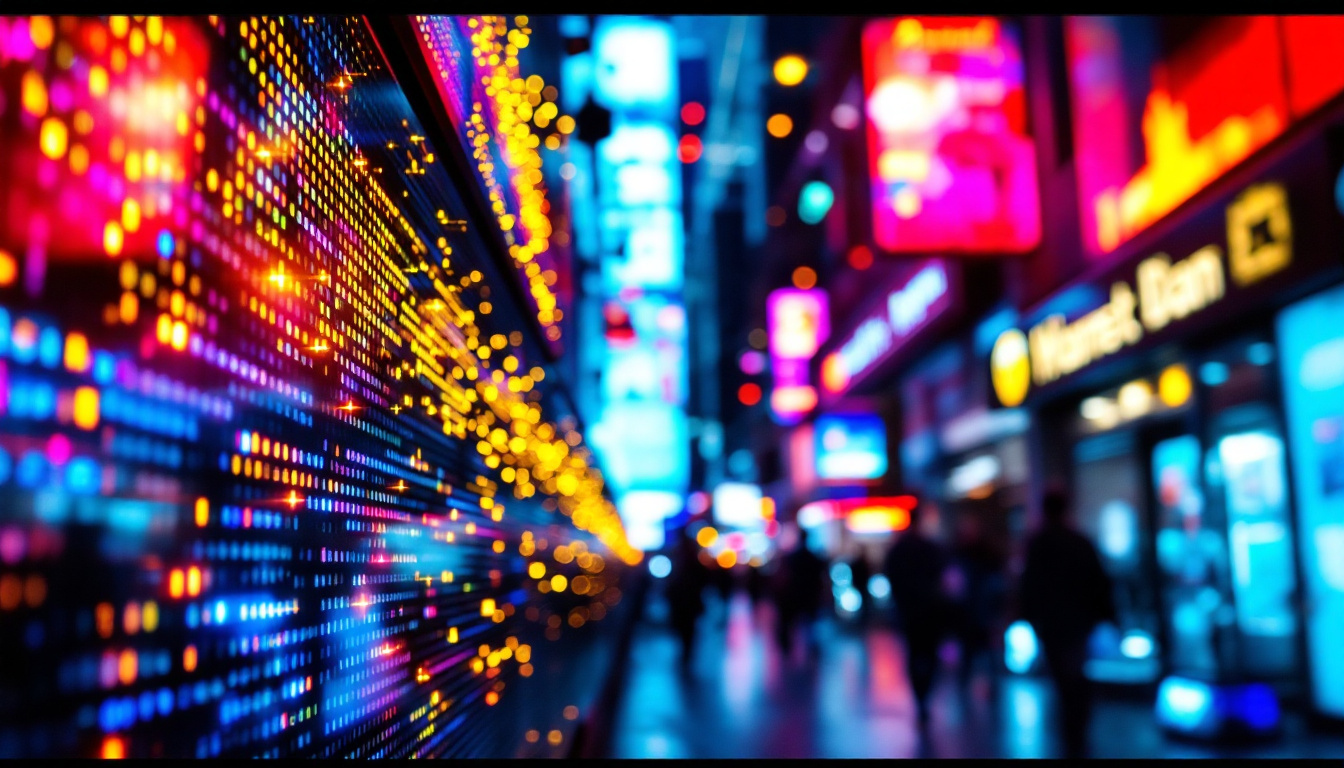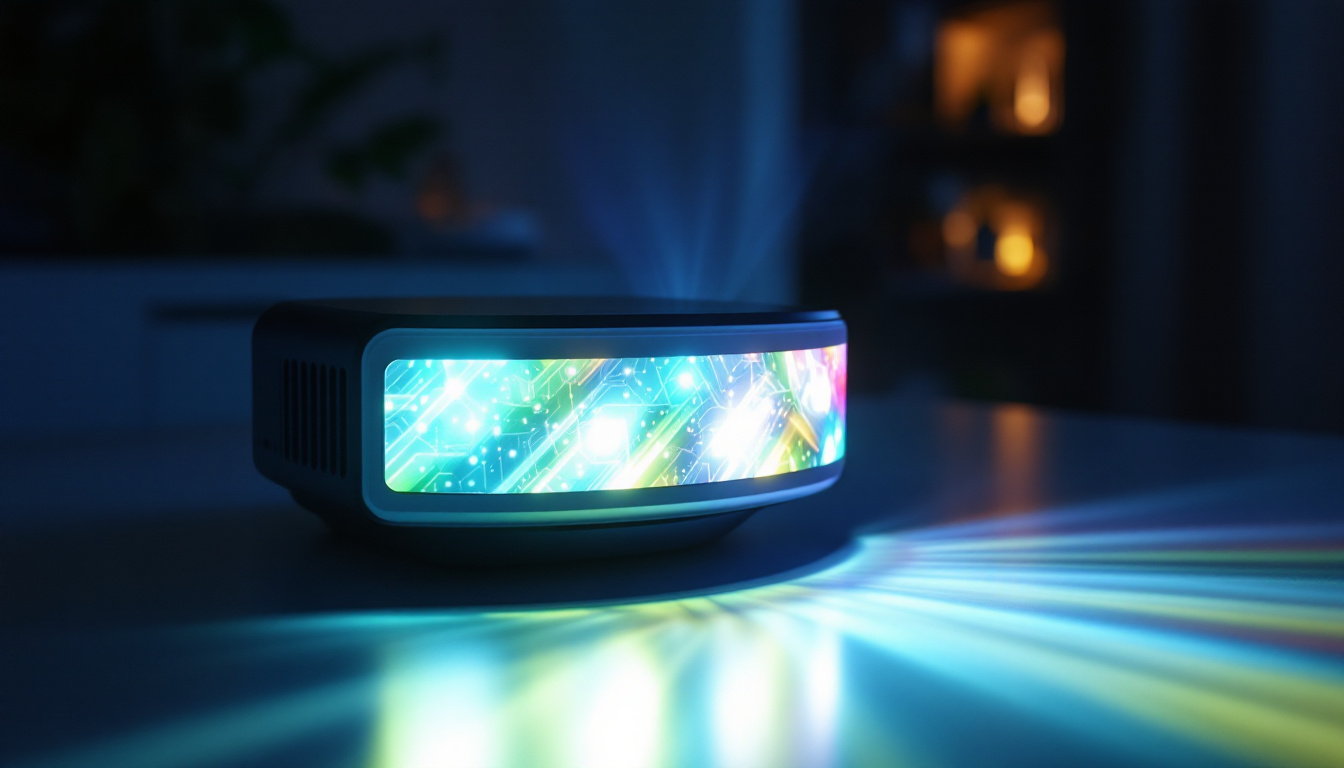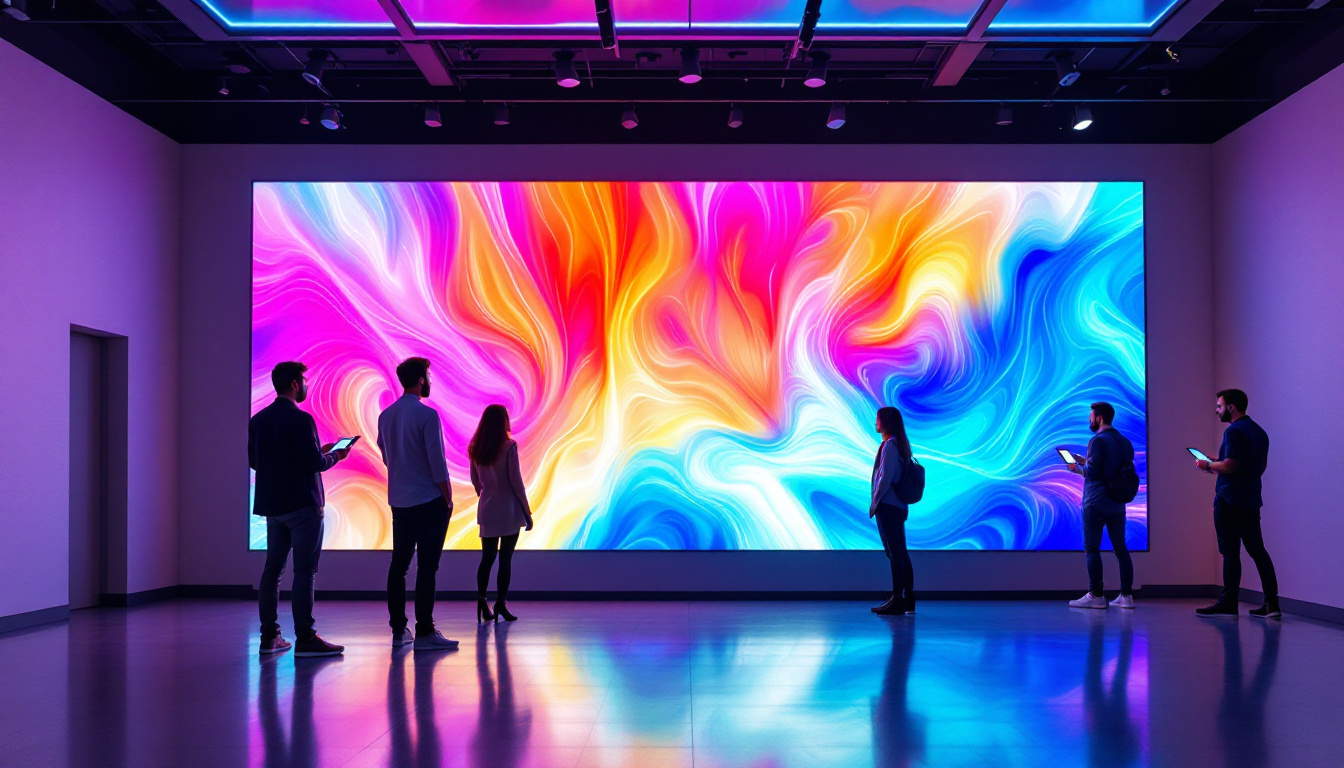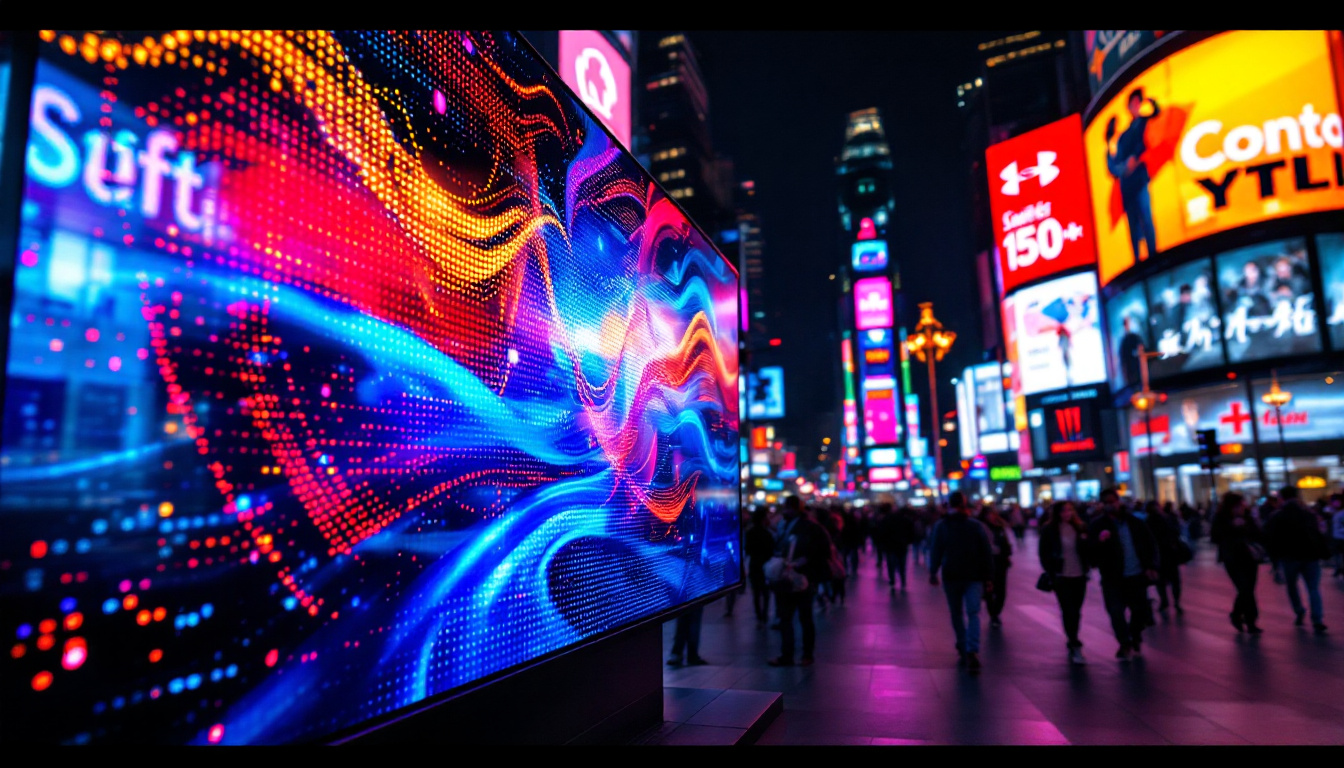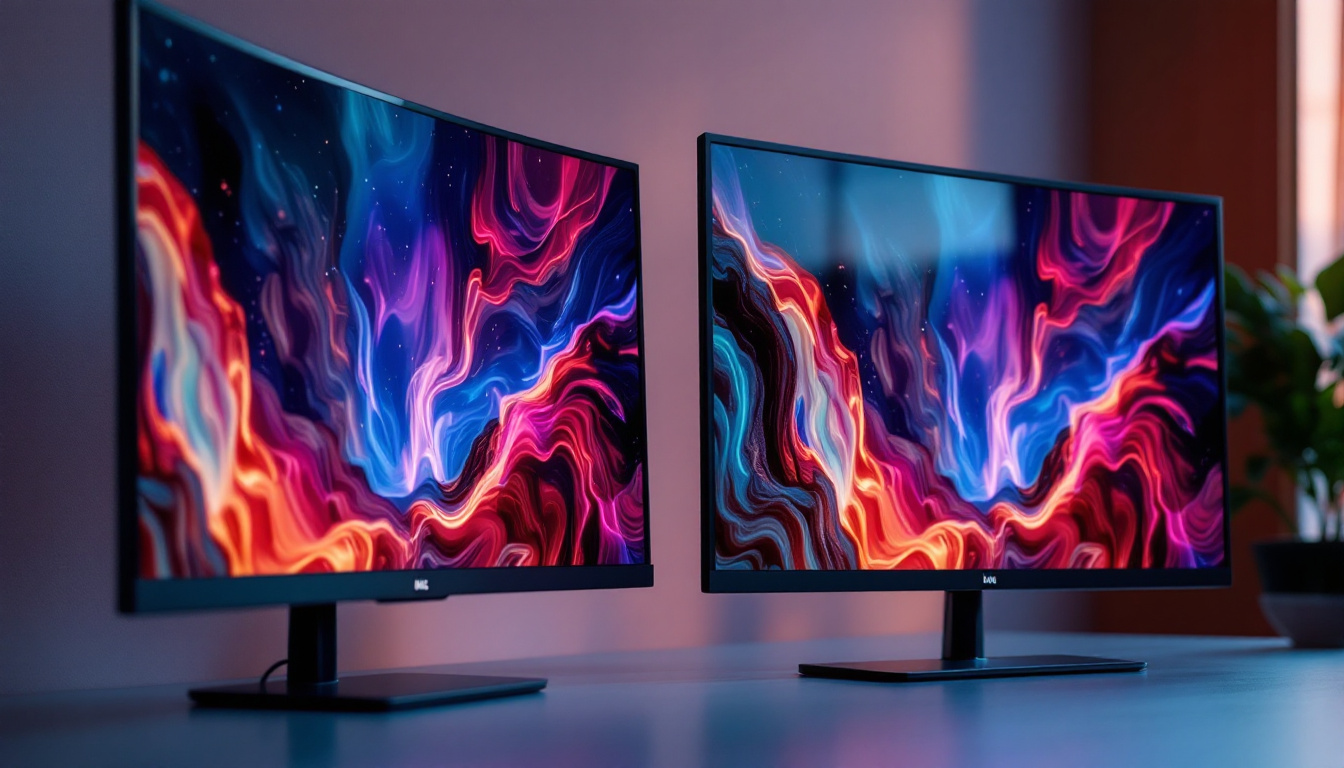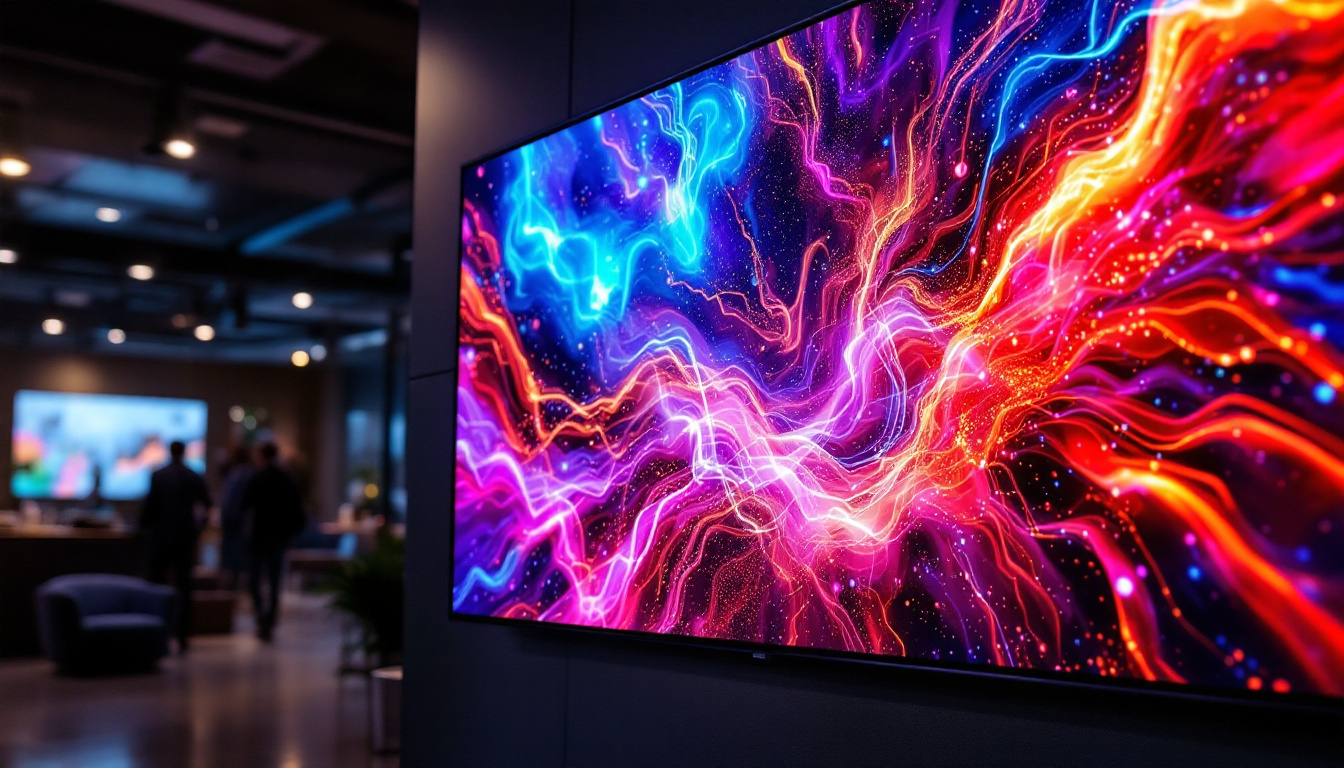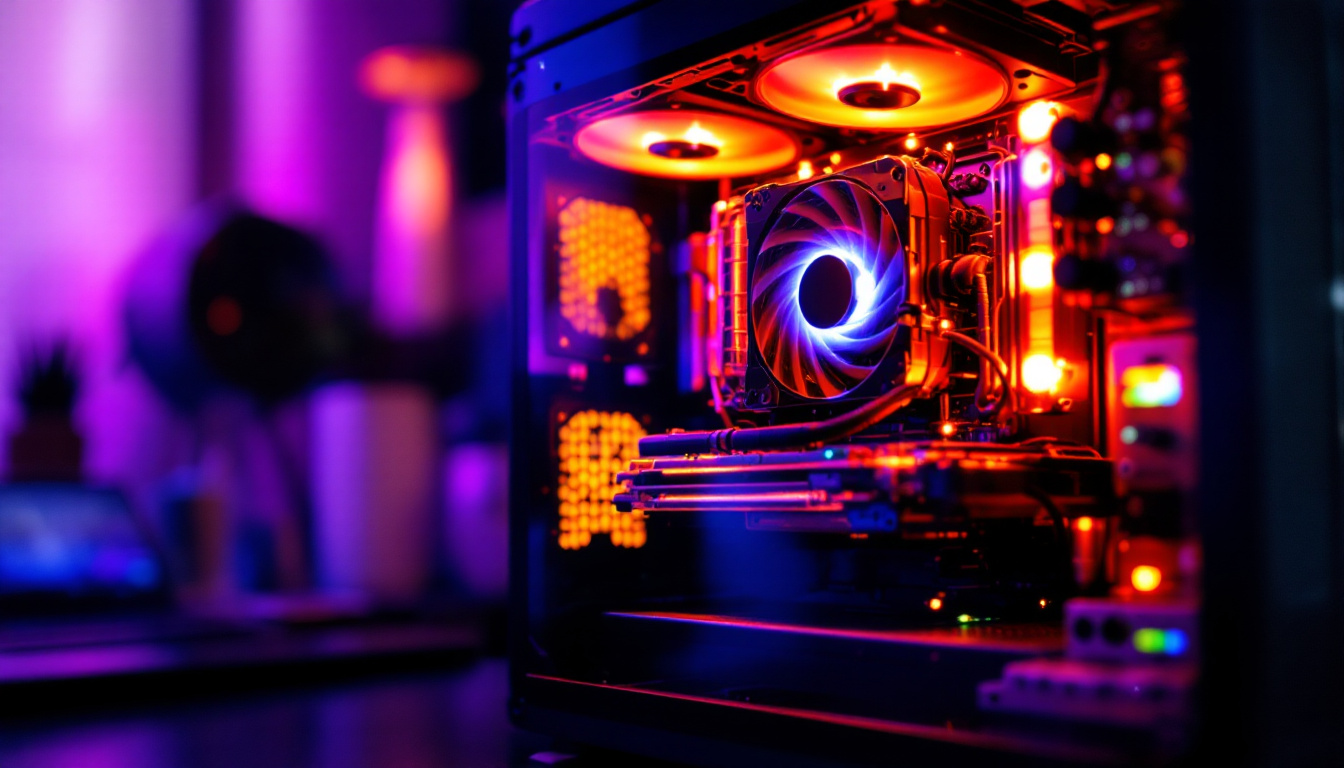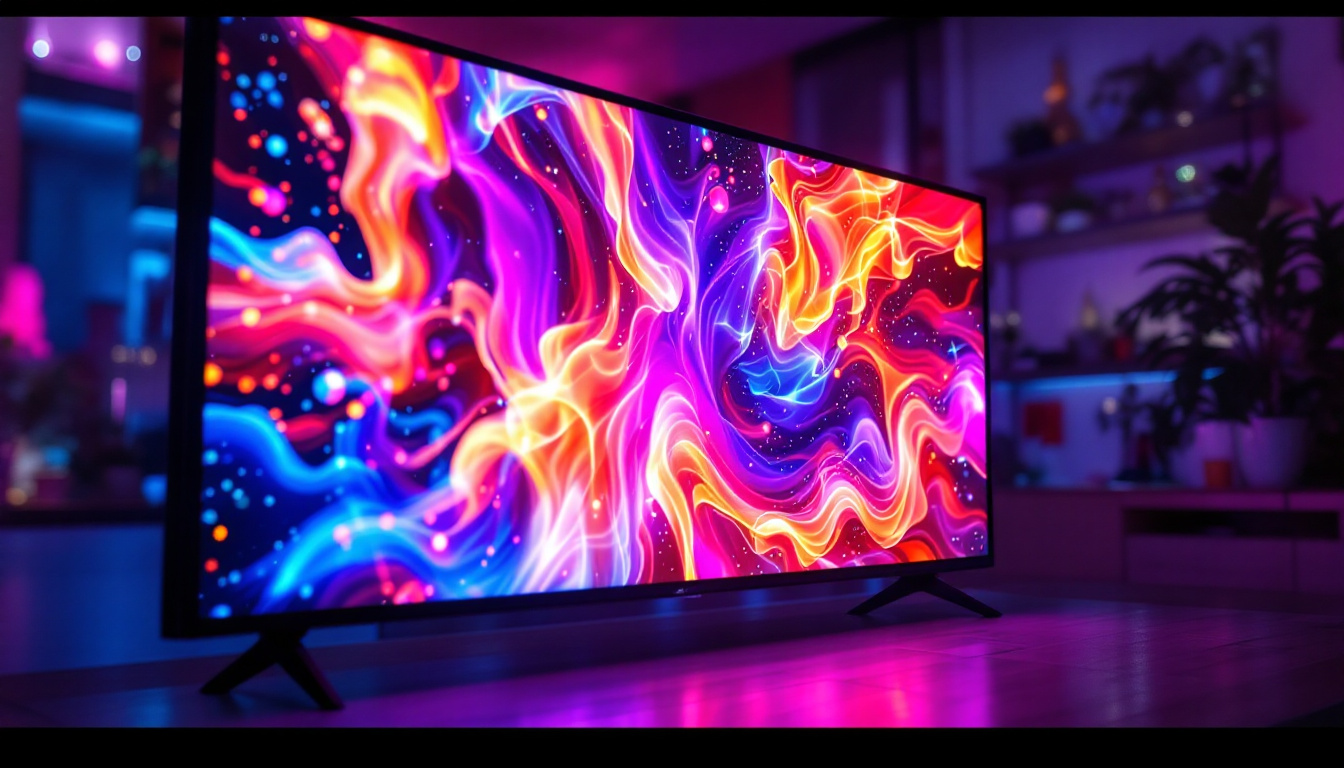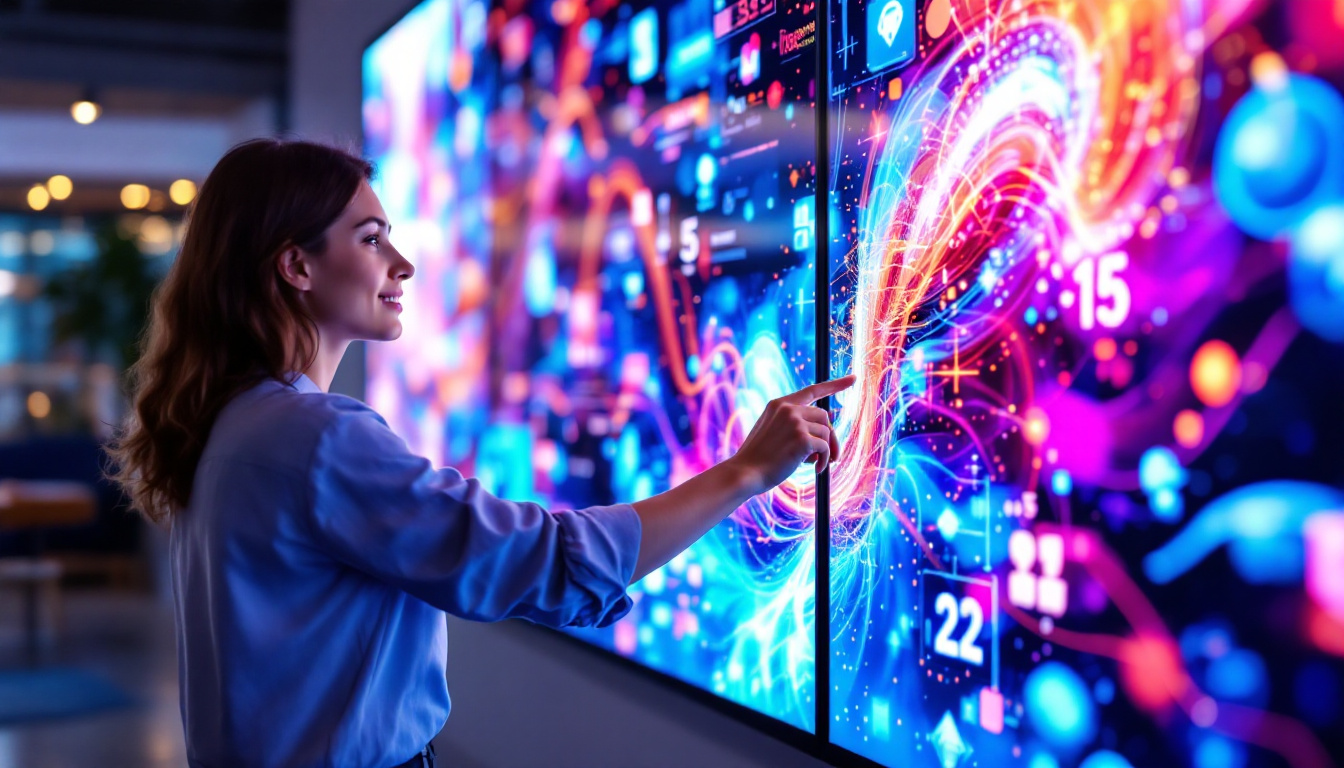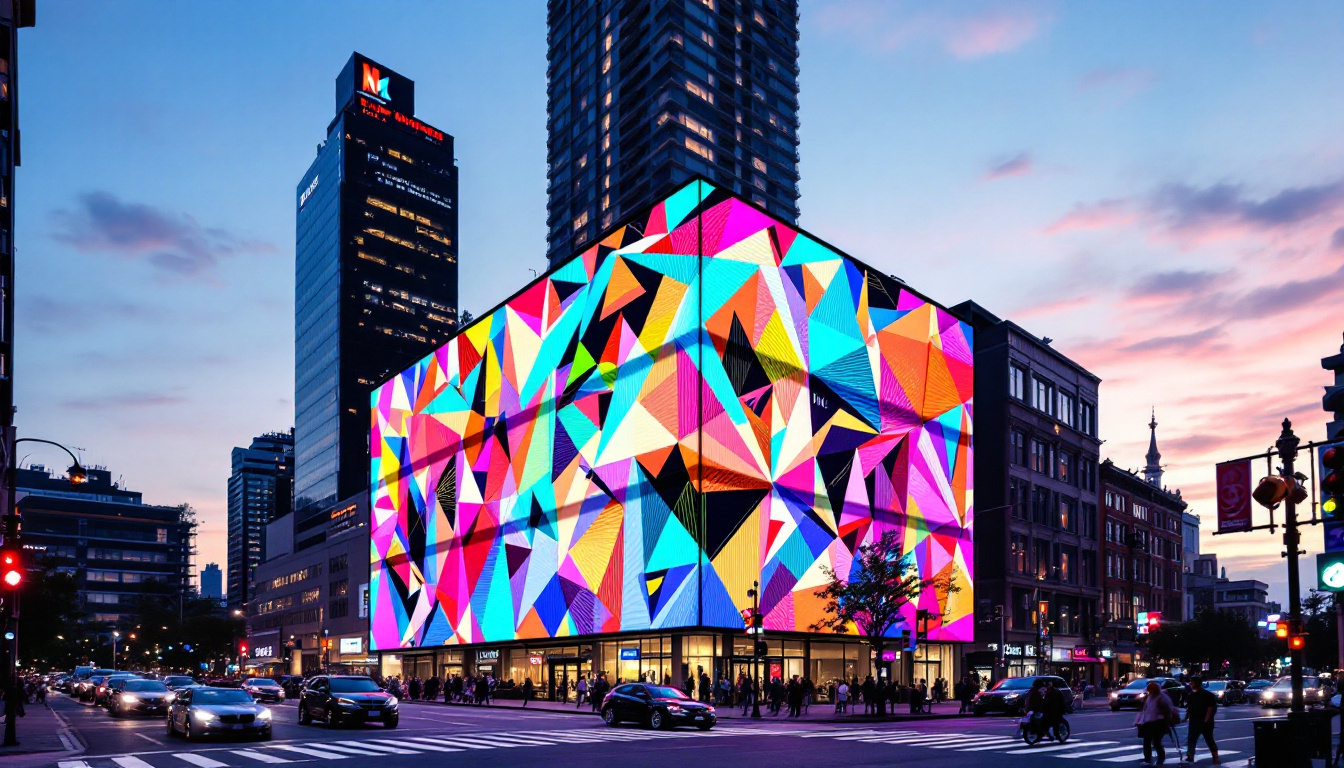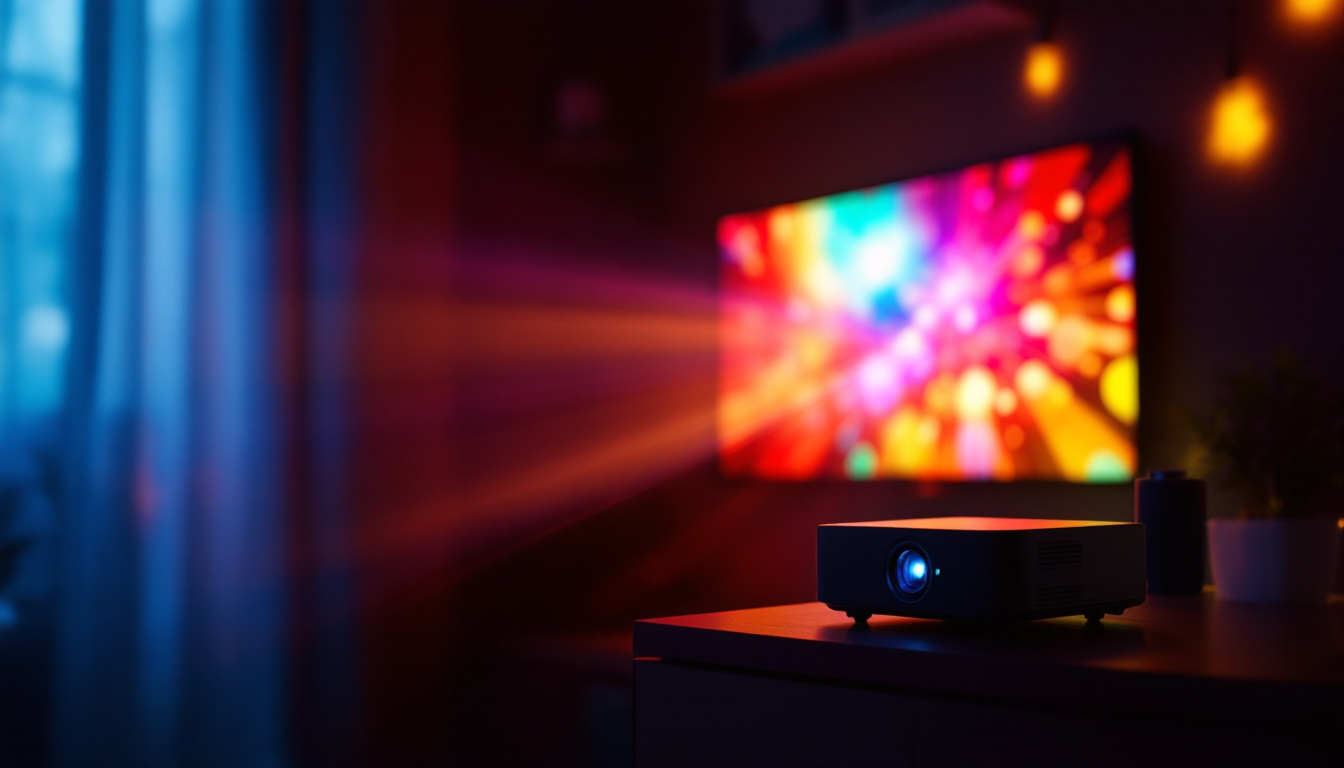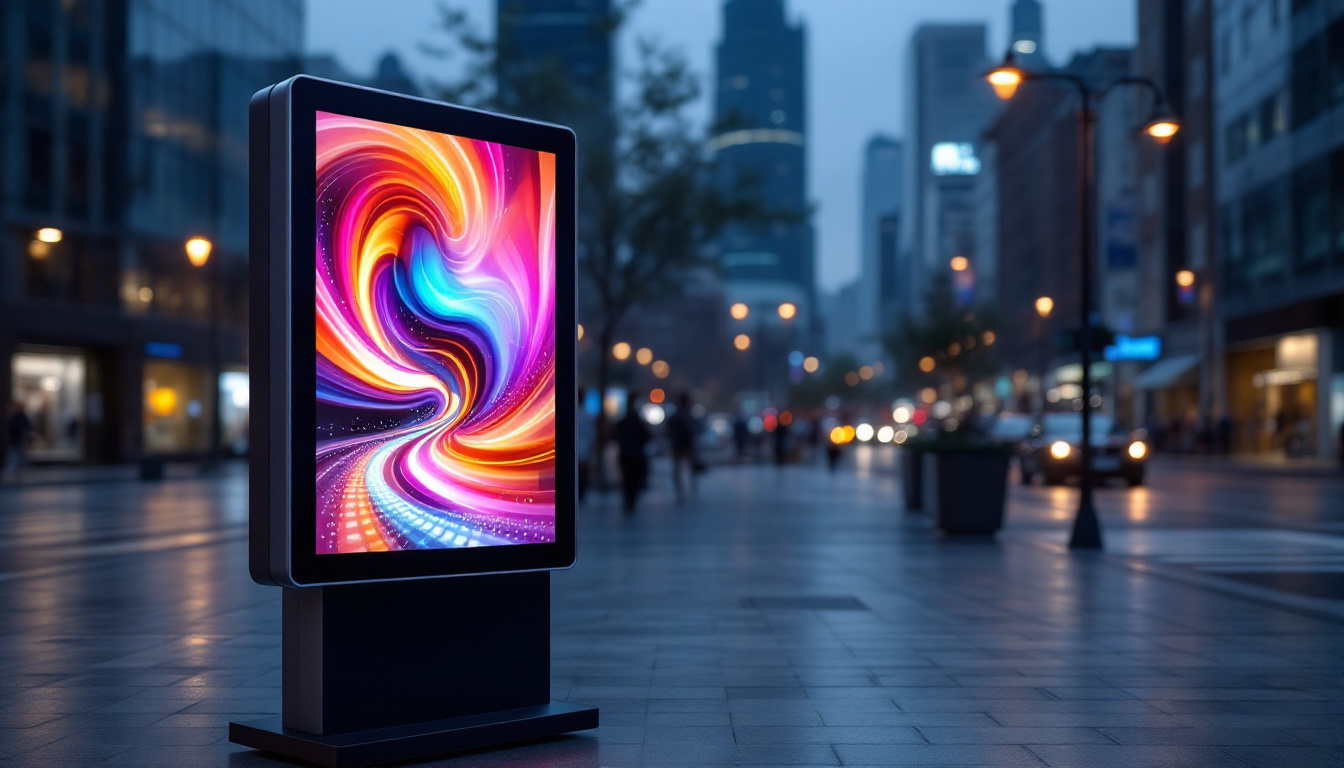In the modern landscape of advertising and communication, LED outdoor displays have emerged as a powerful tool for businesses and organizations. These vibrant screens not only capture attention but also convey messages in a dynamic and engaging manner. This article delves into the intricacies of LED displays, exploring their technology, applications, advantages, and future trends.
Understanding LED Technology
Light Emitting Diodes (LEDs) are semiconductor devices that emit light when an electric current passes through them. This technology has revolutionized the way displays are constructed and utilized, particularly in outdoor environments where visibility and durability are crucial. The transition from traditional lighting methods to LED technology has not only enhanced the brightness and clarity of displays but has also contributed to energy efficiency, making it a preferred choice for both commercial and residential applications.
The Basics of LED Operation
LEDs function by converting electrical energy into light through electroluminescence. When electrons recombine with holes in the semiconductor material, energy is released in the form of photons, creating visible light. The color of the light emitted depends on the materials used in the semiconductor, allowing for a wide range of colors to be produced. This precise control over color and brightness is one of the key advantages of LED technology, enabling designers to create visually stunning displays that can adapt to different environments and lighting conditions.
In outdoor displays, multiple LEDs are arranged in a grid to form pixels. Each pixel can be controlled individually, enabling the display to present a variety of images, videos, and texts. This pixel-based configuration is essential for creating high-resolution visuals that can be seen from significant distances. Moreover, advancements in LED technology have led to improvements in pixel density, allowing for sharper images and more detailed graphics, which are particularly important in crowded urban settings where competition for attention is fierce.
Types of LED Displays
LED displays are categorized into various types based on their construction and intended use. The most common types include:
- Full-Color LED Displays: These displays utilize red, green, and blue (RGB) LEDs to produce a broad spectrum of colors. They are ideal for advertising and entertainment purposes, often seen in large venues like sports arenas and concert halls, where vibrant visuals can enhance the overall experience.
- Monochrome LED Displays: Typically available in red or green, these displays are used for simpler applications such as text announcements and basic graphics. They are commonly found in scoreboards, traffic signals, and information boards, where clear and concise messaging is paramount.
- RGB LED Displays: These are specialized displays that combine multiple colors to create intricate visuals, often used in concerts and events. Their ability to produce dynamic lighting effects and animations makes them a favorite among event organizers looking to create an immersive atmosphere.
In addition to these types, there are also flexible LED displays that can be bent and shaped to fit various surfaces, allowing for innovative designs in architecture and advertising. These displays can be integrated into building facades, creating eye-catching installations that blend functionality with aesthetic appeal. Furthermore, advancements in LED technology continue to emerge, including smart LED systems that can be controlled remotely and programmed to change content based on time or audience engagement, further enhancing their versatility and effectiveness in communication.
Applications of LED Outdoor Displays
LED outdoor displays are versatile and can be found in various settings, each serving a unique purpose. Their adaptability makes them suitable for both commercial and informational uses.
Advertising and Marketing
One of the primary applications of LED outdoor displays is in advertising. Businesses leverage these screens to showcase promotions, new products, and brand messages. The bright and colorful visuals are hard to miss, making them an effective medium for capturing consumer attention.
Moreover, the ability to change content quickly allows advertisers to tailor messages based on time, audience, or event, maximizing the impact of their campaigns. For instance, a restaurant can display lunch specials during the day and switch to dinner promotions in the evening.
Information Dissemination
LED displays are also widely used for informational purposes. Public transport systems, airports, and educational institutions utilize these screens to convey real-time information. This includes flight schedules, train arrivals, and important announcements that help keep the public informed.
In addition, municipalities use LED displays for community messaging, such as event notifications, emergency alerts, and public service announcements. This functionality enhances communication between authorities and citizens.
Entertainment and Events
In the realm of entertainment, LED outdoor displays play a crucial role in concerts, festivals, and sporting events. These large screens enhance the audience’s experience by providing live feeds, replays, and visual effects that complement the performances.
Furthermore, LED displays are often used in theme parks and attractions to create immersive experiences. The ability to synchronize visuals with sound and lighting effects makes them a staple in modern entertainment venues.
Advantages of LED Outdoor Displays
The popularity of LED outdoor displays can be attributed to several advantages that set them apart from traditional advertising methods. Understanding these benefits can help businesses make informed decisions about their marketing strategies.
High Visibility and Brightness
One of the standout features of LED displays is their high brightness levels. Unlike traditional screens, which may become washed out in direct sunlight, LED displays maintain visibility even in bright outdoor conditions. This ensures that messages are seen clearly at all times, day or night.
Additionally, the vibrant colors produced by LEDs enhance the overall visual appeal, making it easier to attract attention in crowded environments. This is particularly beneficial for outdoor advertising, where competition for viewer attention is fierce.
Energy Efficiency
LED technology is known for its energy efficiency. Compared to traditional lighting methods, LEDs consume significantly less power while providing greater brightness. This not only reduces operational costs but also minimizes the environmental impact, making them a sustainable choice for businesses.
Moreover, many LED displays come equipped with smart technology that allows for automatic brightness adjustments based on ambient light conditions. This feature further enhances energy savings while ensuring optimal visibility.
Durability and Longevity
Outdoor environments can be harsh, with exposure to varying weather conditions, dirt, and debris. LED displays are designed to withstand these challenges, featuring robust construction and weather-resistant materials. This durability translates to longer lifespans, reducing the need for frequent replacements.
Additionally, LEDs have a longer operational life compared to traditional bulbs. With proper maintenance, an LED display can last for over 100,000 hours, making it a cost-effective investment for businesses.
Challenges and Considerations
While LED outdoor displays offer numerous benefits, there are also challenges and considerations that businesses must keep in mind when implementing this technology. Understanding these factors can help organizations make the most of their investment.
Initial Investment Costs
The initial cost of purchasing and installing an LED outdoor display can be substantial. Businesses must weigh this upfront investment against the potential return on investment through increased visibility and customer engagement.
However, it is essential to consider the long-term savings associated with energy efficiency and reduced maintenance costs. Many businesses find that the benefits outweigh the initial expenditure over time.
Content Management
Managing the content displayed on LED screens requires careful planning and resources. Businesses must ensure that their messages are relevant, timely, and engaging to capture the audience’s attention effectively.
Additionally, the need for regular updates and maintenance of the content can necessitate dedicated personnel or software solutions. Investing in a robust content management system can streamline this process and enhance the overall effectiveness of the display.
Regulatory Compliance
Different regions have varying regulations regarding outdoor advertising, including restrictions on brightness levels, content, and placement. Businesses must familiarize themselves with local laws to ensure compliance and avoid potential fines.
Engaging with local authorities and obtaining the necessary permits before installation is crucial to navigating these regulations successfully.
Future Trends in LED Outdoor Displays
The landscape of LED outdoor displays is continually evolving, driven by technological advancements and changing consumer preferences. Keeping an eye on emerging trends can help businesses stay ahead of the curve.
Integration with Smart Technology
The integration of smart technology into LED displays is a significant trend shaping the future of outdoor advertising. Features such as sensors, cameras, and connectivity with mobile devices allow for personalized and interactive experiences.
For example, displays can change content based on real-time data, such as weather conditions or audience demographics. This level of customization enhances engagement and improves the effectiveness of advertising campaigns.
Enhanced Interactivity
As consumers become more accustomed to interactive experiences, the demand for engaging content on LED displays is rising. Businesses are exploring ways to incorporate touch screens, QR codes, and social media integration to foster interaction with their audiences.
This trend not only increases viewer engagement but also encourages sharing and participation, amplifying the reach of marketing messages.
Advancements in Display Technology
Continuous advancements in LED technology are leading to improvements in resolution, color accuracy, and energy efficiency. High-definition displays are becoming more accessible, allowing for stunning visuals that can captivate audiences.
Moreover, innovations such as flexible LED screens and transparent displays are expanding the possibilities for outdoor advertising, enabling businesses to create unique and eye-catching installations.
Conclusion
LED outdoor displays have transformed the way businesses communicate with their audiences. With their vibrant visuals, energy efficiency, and versatility, they offer a compelling solution for advertising, information dissemination, and entertainment.
While challenges such as initial costs and content management exist, the advantages of LED displays far outweigh these hurdles. As technology continues to advance, the future of LED outdoor displays looks promising, with exciting trends on the horizon.
For businesses looking to enhance their visibility and engage with consumers, investing in LED outdoor displays is a strategic move that can yield significant returns. Embracing this technology not only elevates brand presence but also positions organizations at the forefront of modern advertising practices.
Discover LumenMatrix LED Display Solutions
Ready to elevate your brand’s presence and captivate your audience with stunning visual displays? Look no further than LumenMatrix, a pioneer in LED display technology. Our extensive range of products, from Indoor and Outdoor LED Wall Displays to innovative LED Transparent Displays, is designed to meet your every need. Whether you’re looking to enhance your advertising, create immersive environments, or deliver impactful messages, LumenMatrix has the solution. Check out LumenMatrix LED Display Solutions today and take the first step towards transforming your visual communication strategy.

